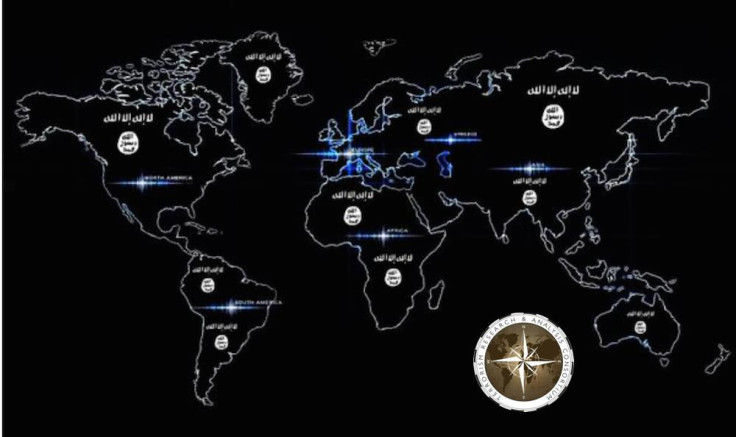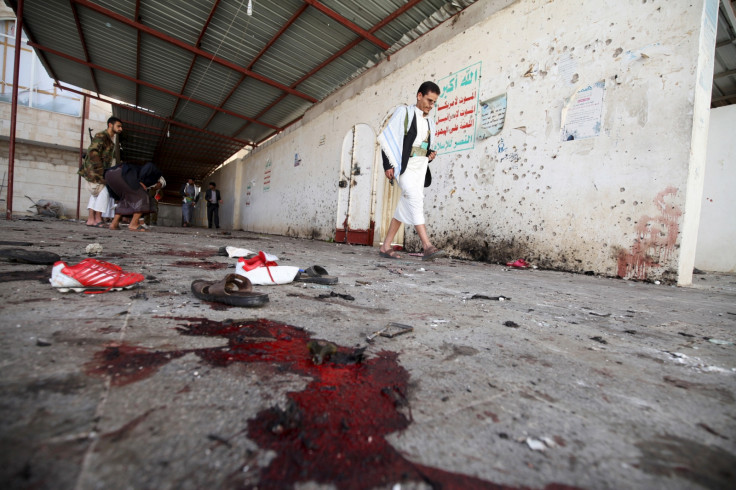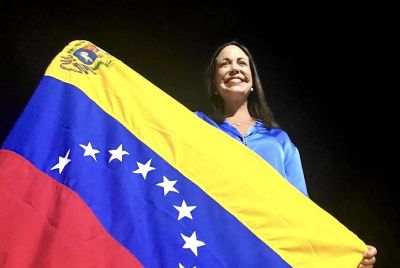Isis: Make no mistake, Islamic State's cruel campaign of blood and hate is spreading

The extent of Islamic State's global reach is under renewed questioning following last week's attacks in Tunisia, Kuwait and France and more recently in the Sinai.
Spreading over three continents, each separate attack represented the extended range of the group's influence both in terms of size and scale. The timing links the events and suggests that IS might be able to support multi-continent operations.
All the references on Twitter and Facebook, as well as ISIS claiming credit for the Kuwait and Tunisia attacks, fuel the flames of Islamic imperialism.
How much Islamic State (Isis) directed each attack is debatable, but the fact that each occurred within the same time frame gives the illusion that the group is everywhere all at once. To be clear, the projection of IS's global presence is just that: an image of its influence and capabilities. This projection does not mean necessarily that IS had a direct organizational role in these disparate attacks, but it does create the illusion that IS has greatly expanded its influence beyond Syria and Iraq.
This illusion is critical to IS's grand strategy for many reasons but the most important is to divert attention from either losses or planned offensives. The effect of diversionary tactics is to redirect international attention away from IS defeats: the Tunisia attack draws attention away from Libya; Kobane and Hasakah from Raqqa; and Kuwait from Baghdad/Mosul.
Spreading opposing forces and creating doubt on where the next attacks might occur not only buys IS time but gives it a surprise element that distracts and projects it as present in all areas, whether or not it was involved in planning or executing the campaigns.

This illusion gains credence in lone wolf attacks, where the mere presence of an IS flag, or any similar brutality, is regarded as reflecting the IS brand, and it transforms the social media IS fan club into a cheerleading squad. All the references on Twitter and Facebook, as well as IS claiming credit for the Kuwait and Tunisia attacks, fuel the flames of Islamic imperialism.
The illusion is also enhanced by IS announcing wilayahs (provinces) beyond Syria and Iraq where it exerts influence. Other than in Libya , the Islamic State does not have an organizational presence that can be deemed sufficient enough to claim that the Caliphate is successfully ensconced across the Middle East and North Africa.
Often, IS presence is nothing more than a sleeper cell, a few individuals, or a lone wolf. Even in Libya, with an estimated presence of between 4,000 and 5,000 fighters, IS's three wilayahs remain a pipe dream. Its claim to represent all Sunnis worldwide and calls for hijrah (migration) to the Caliphate ironically carries a grave contradiction: in Syria and Iraq it is the people that it claims to represent who are fleeing IS presence and control.
For those countering IS's message, the current path is not working, especially in finding ways to combat the flow of foreign fighters into combat zones and to disrupt IS's social media networks.
Islamic State's reach therefore must not be equated with an expanding strength that enables it to execute attacks at free will. Looking at the individual perpetrators who executed recent attacks, IS is relying on several aspects that further projects a false perception of immediate threats:
- The individual must be able and willing to execute an attack on his own initiative;
- The individual must be able and willing to organize, plan and procure the weapons that are needed to execute the attack;
- The individual must view his attack as an act of martyrdom; and
- The individual must demonstrate some form of allegiance to IS, such as displaying a flag at the scene of attack, or as in the case of the attack in France, behead an infidel.
Every incident in which the media gives IS credit for an attack, especially if it cannot prove its involvement, ensures that the group's propaganda machine keeps spinning its image in sophisticated, colourful and attractive social media marketing messages enabled by the foreign press.
International media reports of the "Bloody Friday" attacks confirm:
- An awareness and acknowledgement of IS's threat across the globe;
- A willingness of sleeper cells and lone wolves to execute attacks even if there is no support or instructions from IS
- Openly stating IS support in attacks is a key in gaining media attention (a key component to espousing a cause); and
- Copycatting IS brutality as the key to declaring commitment and gaining Jannah (heaven).

The concern is that IS's voice beyond Syria and Iraq has become a powder keg. In states like Spain and Morocco cells have moved beyond merely recruiting jihadists to acquiring operational capabilities to support independent attacks.
For those countering IS's message, the current path is not working, especially in finding ways to combat the flow of foreign fighters into combat zones and to disrupt IS's social media networks. (IS's supporters bombard social media with as many as 90,000 Tweets a day.) For now, IS is one step ahead of counterterrorism efforts, and that is why the Bloody Friday attacks seem to reinforce IS illusionary strength rather than reveal its sleight-of-hand tactics.
Veryan Khan and Jasmine Opperman are senior directors for the Terrorism Research & Analysis Consortium (TRAC), one of the world's largest electronic compendiums for data and analysis of terrorist groups, activities, trends and up to date developments. By subscription, TRAC serves corporations, governments and military, universities, the media, and professionals. For complete information see www.trackingterrorism.org and follow the group on Twitter @TRACterrorism.
© Copyright IBTimes 2025. All rights reserved.





















